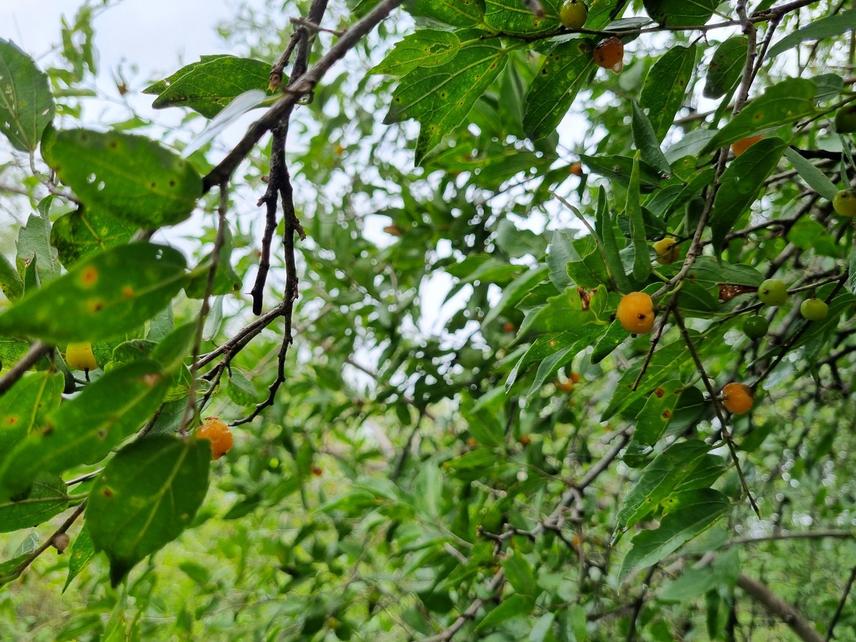Agostina Bordunale
The Chaco Serrano Forest, which belongs to the Gran Chaco region, plays a crucial role as a biological corridor, connecting ecoregions and providing essential ecosystem services such as river basin protection, hydric balance maintenance, firewood and natural forage provision. However, in the past 40 years, 94% of its original area has been lost, mainly due to agricultural expansion, urbanisation and biological invasions. Its conservation is at risk due to several factors related to human activities.
This ecosystem hosts many native and exotic plant species that produce fleshy fruits in different seasons of the year, coexisting with a diverse community of potential dispersers. While seed dispersal by birds has been assessed, the role of mammals in seed dispersal events remains mostly unknown. Given their distinct movement patterns, metabolic requirements and digestive processes compared to birds, understanding their interactions with native and exotic fruits is necessary to address and develop management strategies for biological invasions and forest restoration.

Tala fruits (Celtis ehrenbergiana). This native tree bears fleshy fruits in late summer that are highly consumed by birds and foxes. ©Agostina Bordunale.
Our project aims to assess mammal-mediated seed dispersal through seasonal fieldwork, collecting mammal droppings and monitoring wildlife with camera traps to determine which mammals consume which fruits. To evaluate availability and germination rates, we will extract seeds from scats to perform experiments that will allow us to understand how the specific treatment each species applies over the seeds during digestion promotes or reduces germination. This information will help us identify which mammal species could be helping invasive plants spread and colonise new areas, or facilitating the passive restoration of native species.
Beyond mere research, our project encourages collaboration with local communities and institutions to integrate findings into conservation strategies. The activities include workshops and educational materials for schools and local stakeholders and engagement with local actors and authorities to develop strategies and conservation actions based on mammal-plant interactions.
Understanding these ecological processes will help us to develop evidence-based management strategies for the restoration and conservation of the Chaco Serrano Forest.